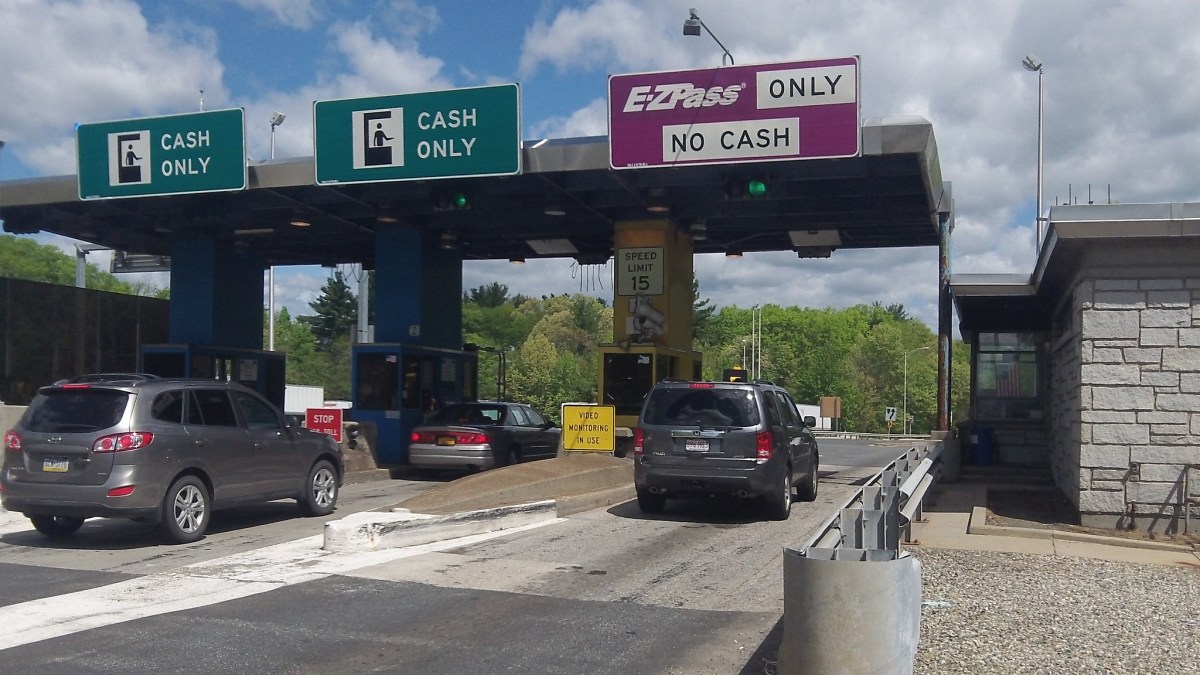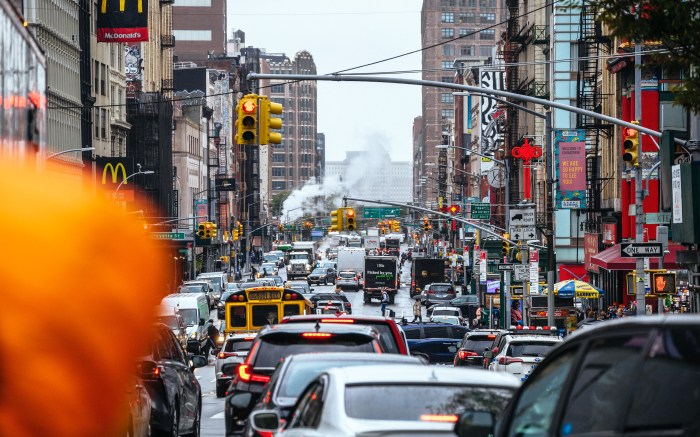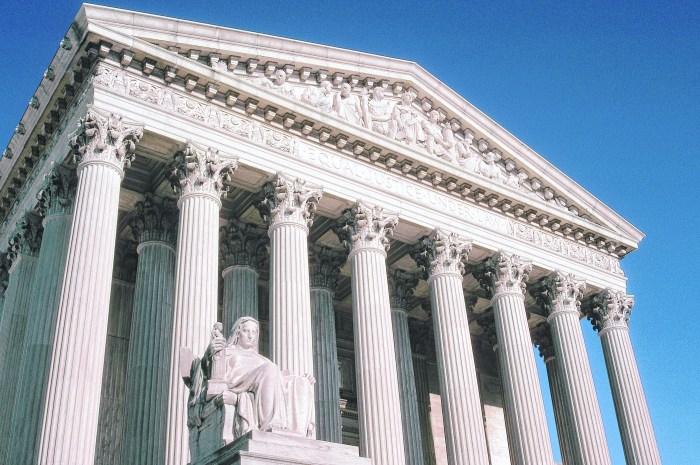While the chips are yet to fall on congestion pricing, April 1 is the deadline for the New York State legislature to include the proposal in the state budget.
The proposal has been heralded as the best option for providing the Metropolitan Transportation Authority with the estimated $40 billion it needs to dramatically modernize the transit system.
Not only does the antiquated transit system need extensive, system-wide overhauls but the agency is facing a steep decline in ridership as a $1 billion deficit looms in 2022. It’s getting down to the wire for elected officials to vote to include congestion pricing in Gov. Andrew Cuomo’s proposed budget, here’s what you need to know about congestion pricing so far:
- The cost to drivers has not been decided upon by lawmakers or the MTA. An early proposal by Cuomo’s FixNYC panel release in January 2018 suggested charging passenger cars entering Manhattan up to $11 during business hours. Trucks would have to pay about $25 to conduct business between boroughs.
- The governor’s office has outlined a central business district in Manhattan below 60th Street as the boundary for where drivers to expect to pay to access. Traditionally free East River bridges would not be directly tolled, according to early projections, unless drivers follow routes continuing into the central business district as opposed to heading Uptown where they would be in the clear. But a clear definition of where gantries for cashless tolling would be placed has not been established.
- Congestion pricing has been projected to provide about $15 billion for the MTA’s next capital plan, which runs from 2020 to 2024. Those funds could go a long way for making the subways more Americans with Disabilities Act compliant within the coming years, for one. New York City Transit President Andy Byford’s Fast Forward plan will bring sweeping changes to the subways and buses over the next 15 years if it receives the proper funding which could total $40 billion.
- State Assembly Majority Leader Carl Heastie (D-Bronx) announced on Monday that congestion pricing had enough votes to pass and get inclusion in the 2020 executive budget, but some lawmakers are still holding onto their opposition to the toll which they believe will only isolate the outer boroughs from services and attraction in Manhattan while placing an undue financial burden on eastern Queens constituents. Some legislators have said they want a more clearly outlined pricing plan before they take a vote.
- Only about 1.2 to 2.8 to 5 percent of Long Island residents would be paying the toll, according to a study conducted by the Tri-State Transportation Campaign in 2018, which broke down commuter patterns by assembly districts.
- Congestion pricing is part of a $175 billion budget proposed by Cuomo in January and received support from Mayor Bill de Blasio in February after over a year of opposition from his administration who favored a millionaire’s tax instead, but was shot down by Cuomo and former MTA Chair Joe Lhota on the grounds that the plan lacked immediacy. The tax on the 1 percent of New Yorkers had the potential to raise $700 million in 2018 and had the support of over half of City Council members.
- Establishing a dedicated revenue source for the MTA, which moves over 8 million people per day across all the services it provides, is not the only reform Cuomo has ordered to be made to the agency. The MTA will also undergo a restructuring to improve accountability in financing, cut down on bureaucracy and have an board made up of members appointed by an elected official whose tenure would expire with that of the politicians themselves. The restructuring will include a variable pricing structure for the tolls into Manhattan and establish a lockbox for those funds to go into.
- Budget amendments would, through talks with the legislature, determine the pricing structure, “which would take into account the type of vehicle, the time and day of the week, credit for any tolls paid at other bridges and tunnels, as well as other key factors that will be determined through conversations with the Legislature.
- The lockbox would ensure that 100 percent of the revenue collected through congestion pricing would only be used for MTA capital projects.
- Congestion pricing was first proposed by former Mayor Michael Bloomberg, but it proved unpopular at the state level and was killed before it could even make it to a vote in the Assembly chamber in 2008.
- The environmental impacts of congestion pricing can improve the overall health of communities in central zones where it is implemented dramatically, according to a Johns Hopkins study performed in Sweden, which showed asthma attacks in children decrease by up to 50 percent. Transform, a Los Angeles-based organization, warns that congestion pricing, however, can pass on the burden of traffic pollution onto other communities and that legislators should take caution.






























